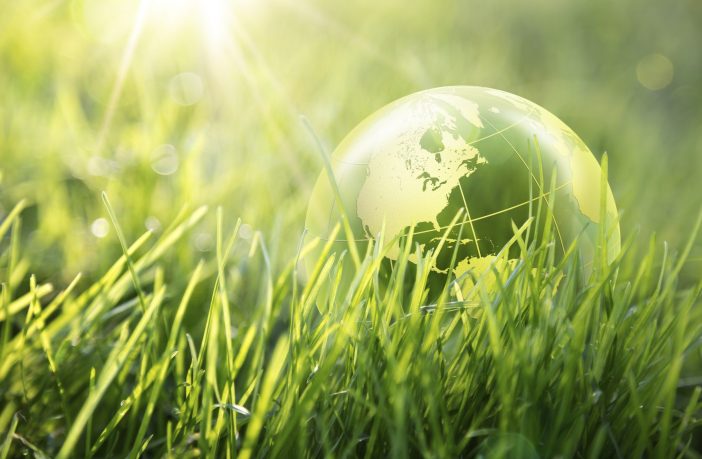Opinion
The aim towards a circular economy is one of many initiatives being pursued within the wider issue of mankind’s environmental impact. Within the refining and chemical industries, there is an increasing focus on how technology and research can be applied to support the re-engineering of many product value chains, thereby reducing the environmental impact of specific products throughout their entire lifecycle.
From product re-design, to innovative technologies that can produce bio-polymers from crop waste, there is a real drive to move forward and begin to tackle the big issues that are facing the planet. Yet progress has been slow in many areas due to lack of consistency in agreeing how best to approach and tackle the problems along many value chains.
There needs to be a multi-faceted approach to tackling issues such as ocean plastic waste, encompassing topics such as product design, polymer choice, waste management, taxation and legislation. Whilst there are many laudable initiatives from brand owners and retailers, through to logistics providers and petrochemical manufacturers, many operate in their own isolated sphere and fail to ‘join the dots’ with other involved stakeholders.
Bucking this trend, progress has been made in some mundane, everyday areas, such as toothpaste tubes. Around 20 billion toothpaste tubes are produced annually. Most of today’s toothpaste tubes are made from sheets of plastic laminate – usually a combination of different plastics – often sandwiched around a thin layer of aluminium. The mix of materials makes it next to impossible to recycle through conventional methods.
Global oral care brands have been working towards designing tubes that meet recycling standards, protect the product and hold up to the demands of high-speed production, all while remaining comfortably squeezable. After years of research, Colgate came out with material recipe that enabled the creation of a fully recyclable toothpaste tube (made of HDPE). The more interesting part however is that the IP developed to produce an HDPE monomaterial tube has been shared with competitors in order to speed up the transition away from the difficult-to-recycle tube currently in production.
There are also barriers to progress from an economic perspective. The inability to scale up new technologies profitably in the face of an incumbent petrochemical industry that has developed world-scale assets and cost structures present almost insurmountable economic hurdles to jump.
Brands and retailers, investors and shareholders, and governments and policy makers should perhaps begin to develop frameworks to support such investments. Many approaches are possible, ranging from carbon taxes on certain product groups to tax breaks and subsidies for less-polluting technologies and products.
Yet in the drive to be greener, there are inevitable trade-offs. Adoption of electric vehicles may reduce emissions, but only if the energy used to create the power is cleaner than the hydrocarbon fuel used in the original combustion engine. Similarly, adoption of the circular economy approach could in some cases trade off energy efficiency and carbon emissions in the drive to re-use and recycle finite resources. Sustainability may not always equate to improved efficiency.
History has shown that when a clear, identifiable problem attracts sufficient structured attention, positive results can be seen. A good example would be the Montreal Protocol which through concerted and co-ordinated scientific collaboration across most nations should, by 2050, see the effective abundance of ozone-depleting gases fall to values present before the Antarctic ‘ozone hole’ began to form in the early 1980s. It was a big problem that would have taken almost 75 years of dogged action to produce real results for the planet.
Asia’s growth trajectory is clearly upwards in the medium term. This means it has the chance to adopt new products, new technologies and new approaches to tackle sustainability and a circular approach to the region’s constituent economies. Globalisation may act against this if major multinational brands, retailers and manufacturers fail to act and simply export existing business models to Asian growth markets.
However, the idea that countries or regions cannot act in isolation is being increasingly challenged. European legislation in areas such as recycling and sustainable palm oil use, or even REACH legislation, is evidence that pressure from one region can impact the global supply chain. Asia could do worse than adopt best practice, wherever that may be found.
There are no easy choices. There are many approaches to many problems, and the danger is that without co-ordination many will fail or fall by the wayside. Worse, they could be seen as token ‘greenwash’ and ignored. Currently the willingness to change is there, it’s the ‘how and when’ that is still lacking. Collaboration and communication must improve if meaningful progress is to be made.
Author: Steve Jenkins
VP Consulting – Chemicals, Polymers & Fibres















